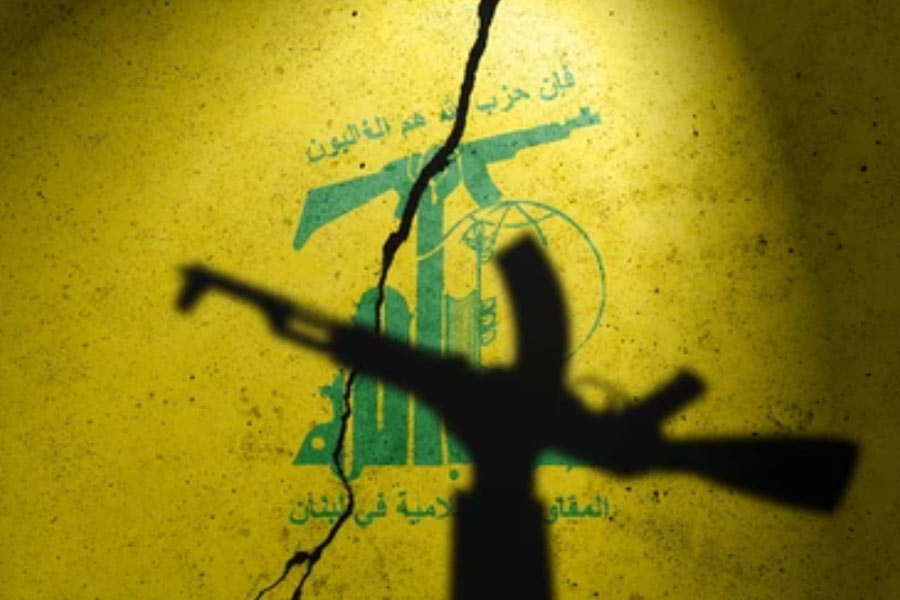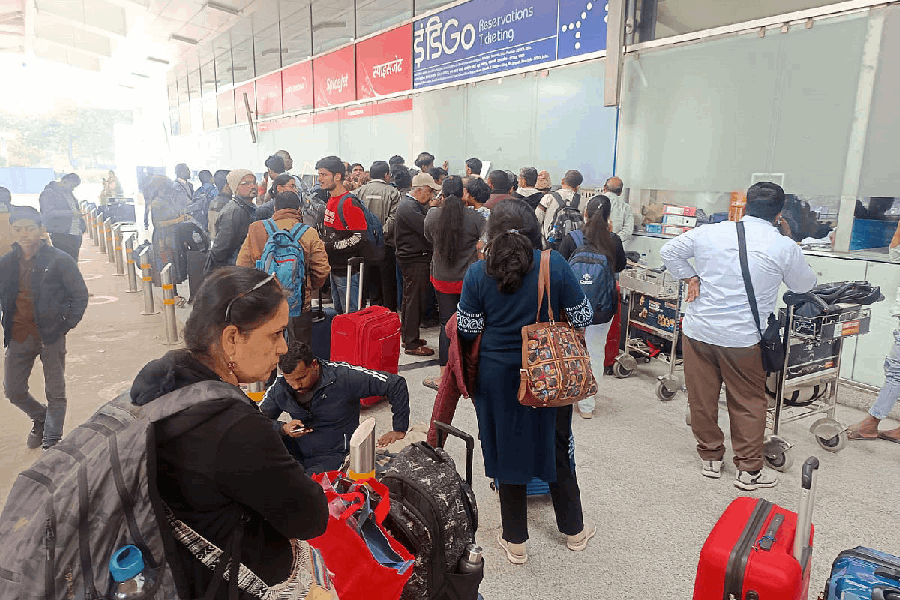In a joint operation conducted by the Indian Army’s 44 Rashtriya Rifles, Jammu and Kashmir Police, and the 178 Battalion of the Central Reserve Police Force (CRPF), two "hybrid terrorists" were arrested on Thursday from Baskuchan Imam Sahib in the Shopian district. According to a PTI report, arms and ammunition were recovered from the accused, including two 56 rifles, four AK magazines, 102 rounds of AK ammunition, and two hand grenades.
The arrests train the spotlight on an oft-heard term called “hybrid” terrorists. Unlike their traditional counterparts, hybrid terrorists are not listed in police or intelligence databases.
Recruitment, grooming and training
They are individuals radicalised enough to execute targeted killings or terror attacks but continue to live otherwise normal lives. This operational invisibility has created a significant challenge for security agencies.
According to intelligence inputs, these individuals are usually indoctrinated through online platforms and remain on standby until assigned a specific task by their handlers — often cross-border operatives based in Pakistan or largely reported to be affiliated with the ISI.
Once they receive instructions, they carry out precision strikes, dispose of weapons, and seamlessly blend back into civilian life. In many cases, these operatives are never used more than once, making them extremely difficult to detect.
The attackers are groomed and guided meticulously. They are trained online, given targets through reconnaissance, and then fade into the crowd.
The Resistance Front
The origin of the term "hybrid terrorist" can be traced back to October 2021, after two non-Muslim teachers were shot dead in a government school in Srinagar. Investigations revealed that the assailants were not listed as terrorists, but were local youths radicalised by The Resistance Front (TRF), the Lashkar-e-Taiba proxy terror outfit that India has accused of being responsible for Pahalgam terror attack. The group functions as an umbrella organisation for young radicals with no prior criminal records, making them nearly impossible to pre-empt.
Since then, hybrid terrorists have been implicated in a string of attacks, especially those targeting soft and vulnerable groups such as migrant labourers, minority community members, political workers and off-duty policemen. Business establishments run by non-Muslims, especially Pandits and Sikhs, have also been specifically targeted in a chilling attempt to reinforce communal divides and stoke fear, according to a research paper in International Journal of Advance Research, Ideas and Innovations in Technology.
One such case involved the fatal shooting of a Pandit medical store owner, followed by the killing of a Sikh lady teacher. These targeted strikes are often carried out using small arms like pistols or grenades, chosen for their ease of concealment and use. Sticky bombs and drone-dropped weapon consignments have also been used, with advanced metallurgy making these tools increasingly reliable for relatively inexperienced attackers.
In most cases, detailed planning is involved. Movement patterns of the targets are tracked over time with the help of “spotters,” who may themselves be hybrid terrorists or overground workers. These individuals blend into society as the boy or girl next door — a college student, a shop assistant, or even a homemaker — yet their ideological commitment makes them capable of executing precision killings with cold detachment.
Officials say this trend marks a stark shift from the past, where militants would often announce their intent publicly and vanish from home. The current crop of attackers remain embedded in their communities, invisible and unsuspected.
Despite some success in neutralising hybrid modules—particularly in South Kashmir—security forces face mounting pressure.
Srinagar was declared "terrorist-free" in September 2020, but subsequent killings have challenged that assessment. High-profile attacks have continued, including the killing of a CID inspector in Nowgam, a shopkeeper in Habbakadal, and a policeman in Eidgah—all incidents in which the attackers were initially unknown to authorities, reported The Hindu.
Security agencies are now doubling down on digital surveillance and community intelligence to identify radicalisation patterns early.
The hybrid militant may not wear a uniform or hold a banner. But in the shadows of the Valley, they pose a threat as grave as any conventional insurgent.










